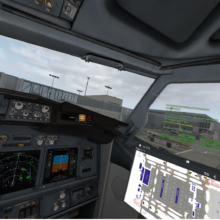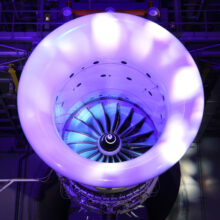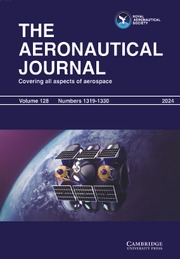-
- Get access
- Contains open access
Continues
The Annual Reports of the Aeronautical Society of Great Britain (1867 - 1893) (1867 - 1893),
The Transactions of the Royal Aeronautical Society (1919 - 1920),
Minutes of Proceedings (Institution of Aeronautical Engineers) (1922 - 1926),
The Institution of Aeronautical Engineers Journal (1927 - 1927),
Bulletin (Helicopter Association of Great Britain) (1946 - 1947),
The Journal of the Helicopter Association of Great Britain (1947 - 1959),
The Aeronautical Quarterly (1949 - 1983)
Title history
Title history
- ISSN: 0001-9240 (Print), 2059-6464 (Online)
- Editor: Professor Holger Babinsky FREng FRAeS FAIAA University of Cambridge, UK
- Editorial board
The Aeronautical Journal has, for over a century, been the UK's leading scientific and technical aeronautics Journal and is the world's oldest Aerospace Journal that remains in production. Published monthly, The Aeronautical Journal draws upon the expertise and resources of The Royal Aeronautical Society providing a world-wide forum for authors from the UK and overseas. Research papers are solicited on all aspects of research, design and development, construction and operation of aircraft and space vehicles. Papers are also welcomed which review, comprehensively, the results of recent research developments in any of the above topics.
Latest articles
Cambridge Blog Feed

-
Understanding Mental Workload in UAV Operators: The Role of Eye-Tracking Technology
- 25 April 2025,
- As unmanned aerial systems (UAS) become increasingly central to military and civilian operations, ensuring that their operators maintain optimal mental performance...

-
Assessing Evidence-Based Training in a Collaborative Virtual Reality Flight Simulator
- 24 February 2025,
- Imagine training for a life-or-death situation, only to find that the skills you learnt do not translate when it matters most. This gap in training tragically...

-
A simple model for the estimation of turbofan engine performance in all airborne phases of flight
- 19 February 2025,
- Global air transport is a significant contributor to anthropogenic environmental impact. The use of kerosene for propulsion produces carbon dioxide and water...


Twitter
Facebook